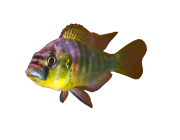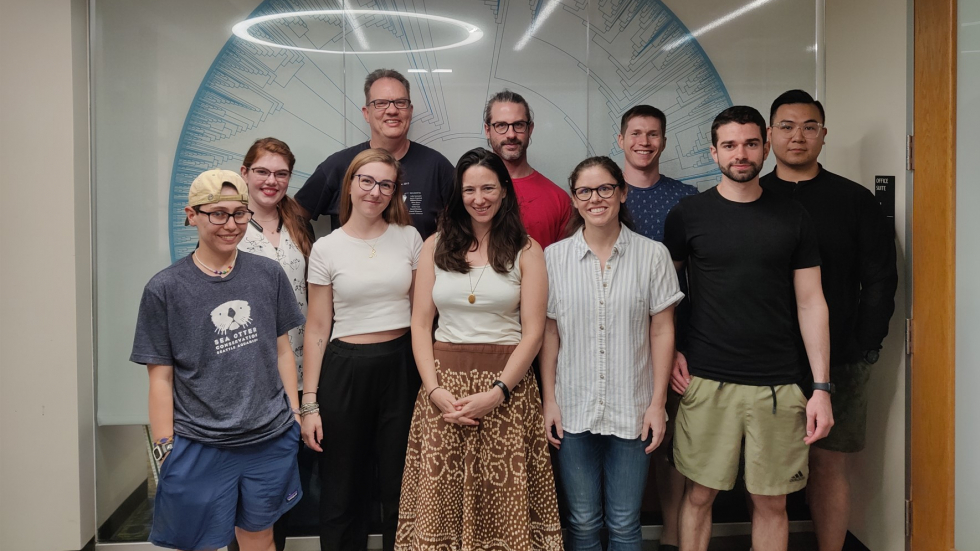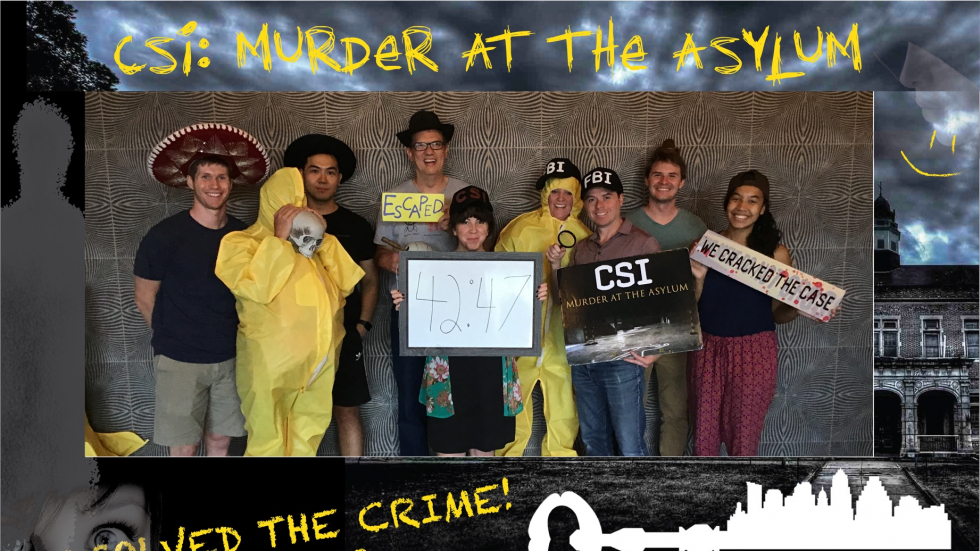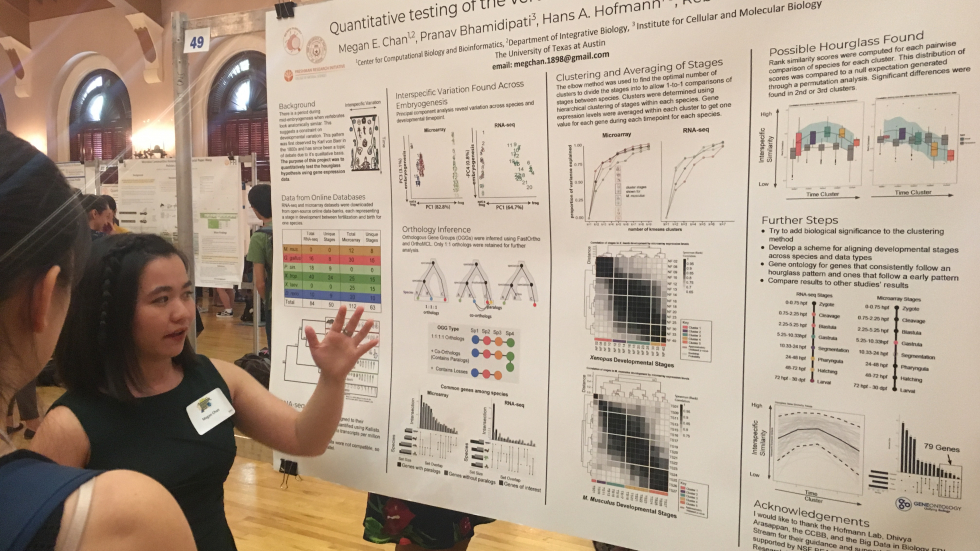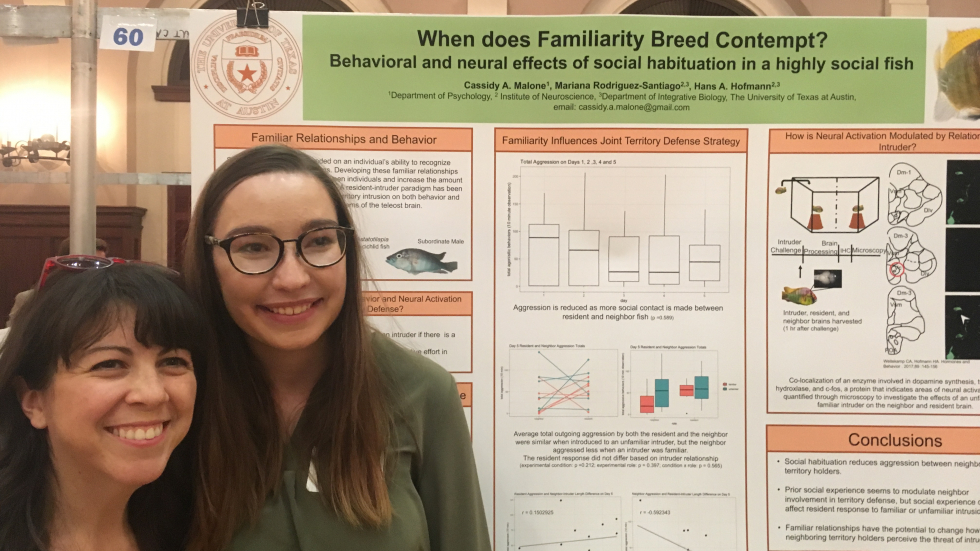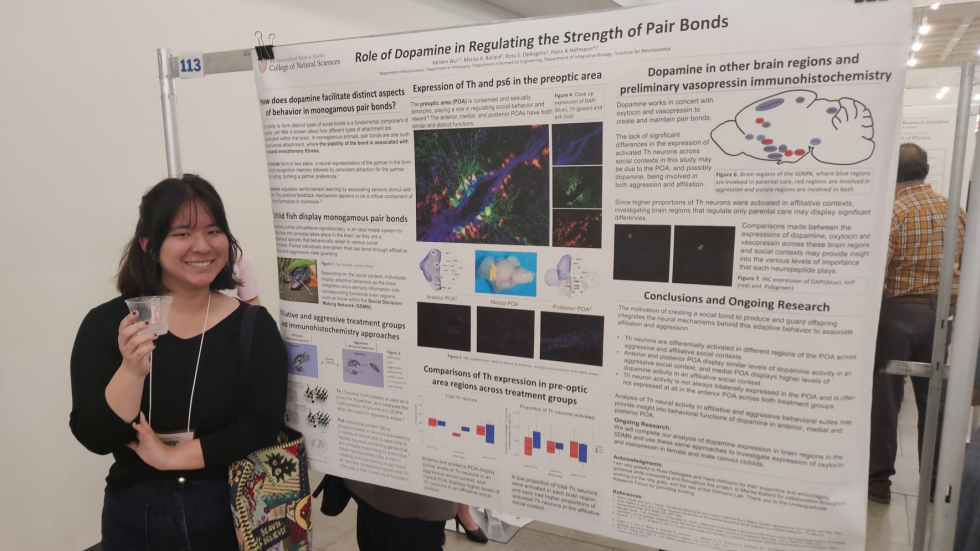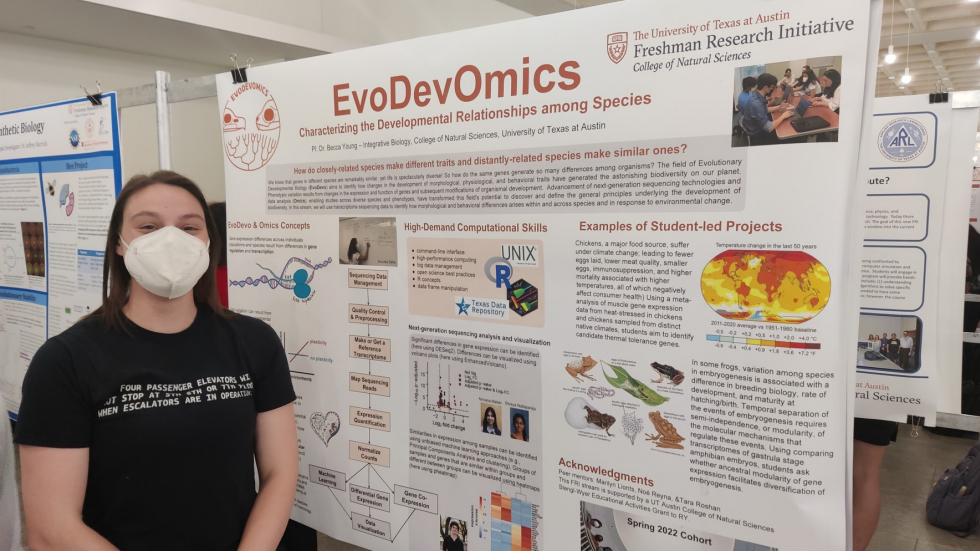All animals continuously integrate their internal physiology with the external environment to choose one action over another and increase their chances of survival and reproduction. Decisions about obtaining and defending resources (e.g. food, shelter, mates) or evading danger (e.g. predators) often take place in a social context (e.g. dominance hierarchies). While the ultimate outcome and evolution of behavioral decisions have been examined in great detail by behavioral ecologists, we are only beginning to understand the neural and molecular mechanisms underlying these decision-making processes. We know that behavior – like all phenotypes – is the result of interactions between genetic, environmental, and developmental/epigenetic processes. At the same time, comparative studies illuminating behavioral, neural, and molecular underpinnings of behavio suggest that at least some of the mechanisms regulating behavior across multiple levels of biological organization are conserved in a wide range of species. This leads to a number of questions.
How has complex social behavior evolved?
What are the neural and molecular mechanisms underlying specific behavioral patterns?
Is there a common neural and molecular tool kit that governs social behavior across species?
Research in our laboratory seeks to answer these questions. We utilize a broad range of approaches to gain insight into the basic mechanisms underlying social and socially regulated behavior in a range of model systems, but most prominently in cichlid fishes. Our work has established an experimental and conceptual framework for understanding the molecular and neural basis of social behavior – and its evolution – in a naturalistic and organismal context.
